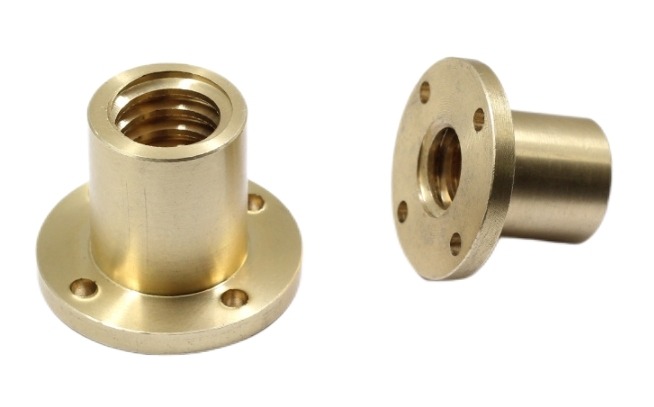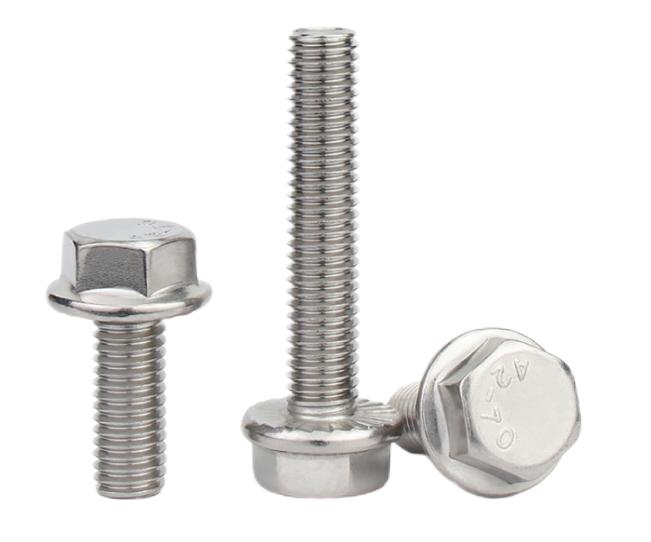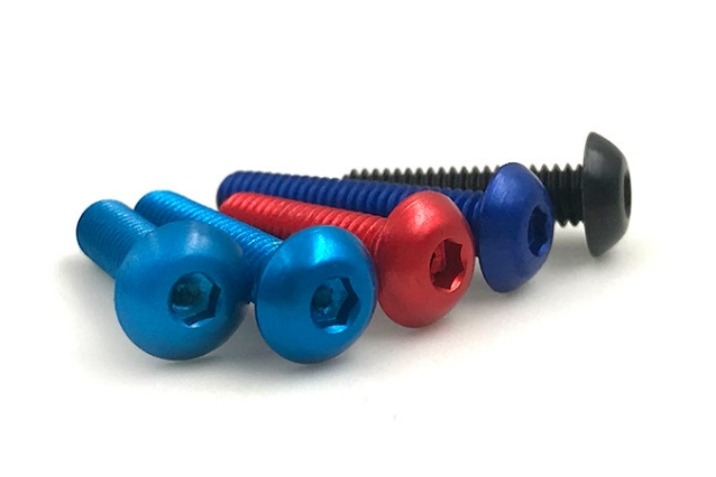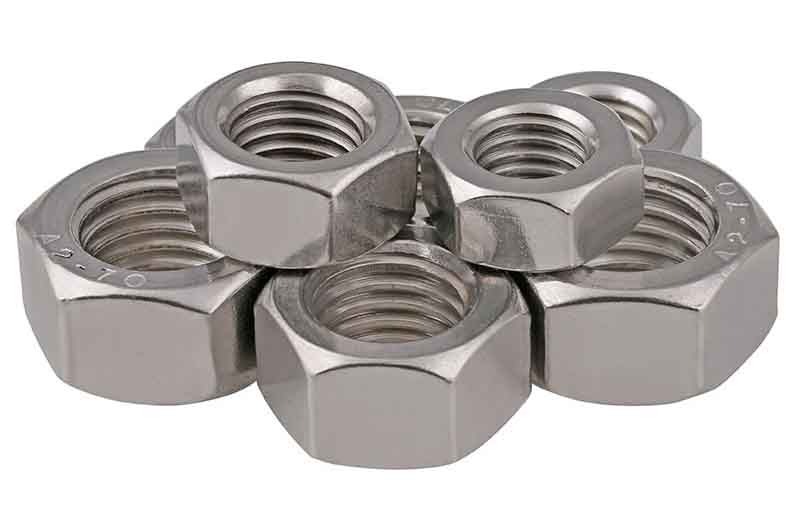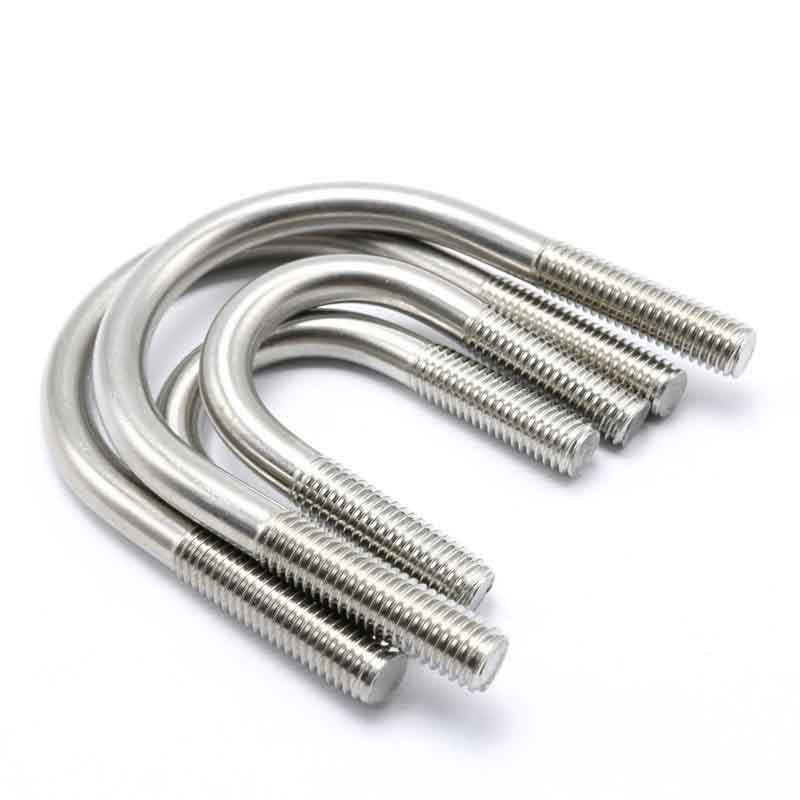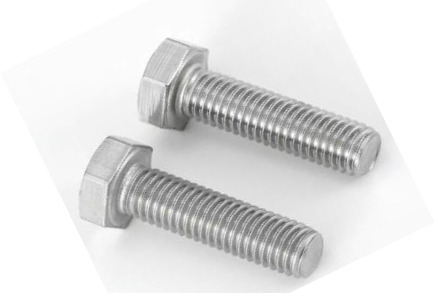What Are High-strength Bolt Connections?
Because of their exceptional mechanical qualities and structural performance, high-strength bolt connections are widely employed in a variety of construction projects, including steel structures, bridges, and high-rise buildings.
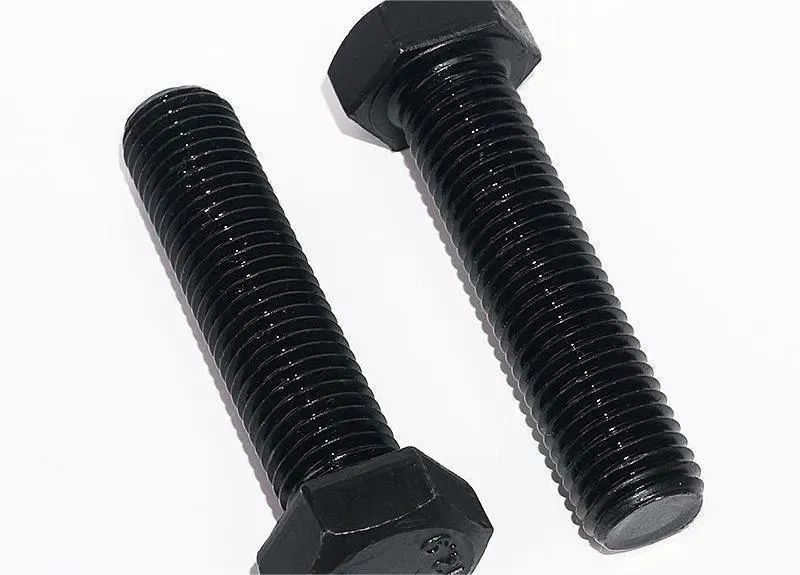
Construction Process Of High-Strength Bolt Connections
Design and Specification
The design and specification phase is the initial step in the manufacture of connections for high-strength bolts. Based on structural requirements and codes/regulations, the design engineer decides the kind, size, and quantity of high-strength bolts needed for the individual application. This phase also defines the parameters for high-strength bolts, such as grade, diameter, and length.
Material Selection
High-strength bolts are often composed of alloy steel and manufactured to specified specifications such as ASTM A325 or ASTM A490. It is critical that the high-strength bolts used in the building are obtained from recognized manufacturers and meet the stipulated criteria.
Preparation of Bolt Holes
Bolt hole preparation is a vital step in the creation of high-strength bolt connections. The bolt holes must be precisely drilled or punched, and their dimension and tolerance must meet the design parameters. To enable effective bolt installation, ensure that the bolt holes are clean, free of debris, and have smooth surfaces.
Bolt Installation
Controlled tightening methods, such as torque control or tension control, are used to install high-strength bolts. The bolts are placed through the bolt holes in the connected members, and the nuts are tightened to produce the specified bolt tension using calibrated torque wrenches or hydraulic tensioning equipment. To ensure that the bolts are properly tensioned and achieve the appropriate preload, proper installation techniques, such as rotating the bolt while tightening and preventing over-tightening, should be used.
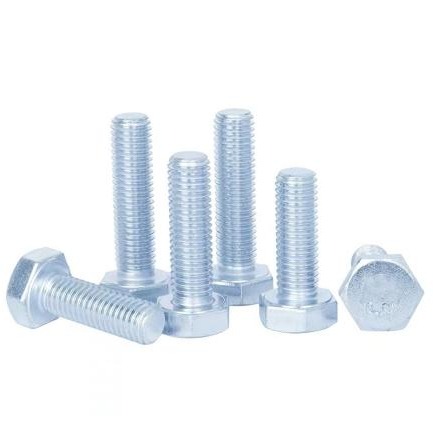
Verification of Bolt Tension
After installing high-strength bolts, the bolt tension should be checked to confirm that the specified preload is met. Non-destructive procedures such as ultrasonic testing or magnetic particle testing, as well as monitoring bolt elongation using load-indicating washers or strain gauges, can be used to accomplish this. To ensure the integrity of the bolted connection, the measured bolt tension should be compared to the stipulated bolt tension.
Protection and Corrosion Prevention
High-strength bolt connections should be protected from corrosion-causing environmental variables such as moisture, chemicals, and exposure to corrosive gases. To avoid corrosion and ensure the endurance of the bolted connection, proper protection measures, such as applying protective coatings or utilizing corrosion-resistant materials, should be adopted.
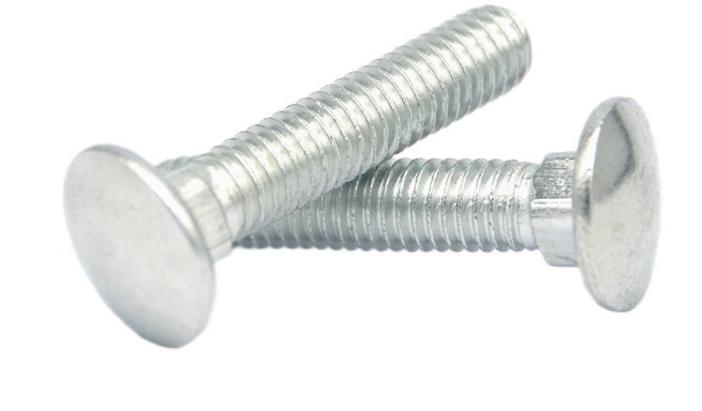
Inspection Methods For High-Strength Bolt Connections
Visual Inspection
For high-strength bolt connections, visual examination is a key and necessary inspection method. It entails visually inspecting the bolted connections for evident flaws such as misaligned holes, broken threads, or incorrect installation techniques. The visual examination should be performed both during and after construction to confirm that the bolts are properly installed and that the fastened connections are free of evident faults.
Torque Verification
Torque verification is a popular inspection technique used to ensure that the specified torque levels were used during the bolt installation procedure. To measure the torque applied to the bolts, calibrated torque wrenches or hydraulic tensioning equipment can be used. To ensure that the bolts are properly tightened and achieve the appropriate preload, the measured torque should be compared to the stated torque values.
Ultrasonic Testing
Ultrasonic testing is a non-destructive testing method used to examine bolt tension and discover potential faults in bolted connections such as cracks or gaps. Changes in the acoustic characteristics of the bolts are detected using ultrasonic waves, which can signal changes in bolt tension or the presence of flaws. Ultrasonic testing is highly accurate and can provide trustworthy information regarding the bolted connections’ integrity.
Load-Indicating Washers
Load-indicating washers are specialized washers that provide a visual indication of bolt stress in high-strength bolt connections. When the bolts are tightened to the specified tension, the marks on these washers change, indicating that the desired preload has been reached. During visual inspection, load-indicating washers can be easily inspected to ensure that the bolts are appropriately tensioned.
Bolt Elongation Measurement
Another approach for verifying tension in high-strength bolt connections is to measure bolt elongation. It entails measuring bolt elongation with strain gauges or other specialized measurement instruments. To ensure that the bolts are appropriately tensioned, the tension can be computed and compared to the stipulated tension values by measuring the elongation of the bolts.
Corrosion Inspection
Corrosion checking is critical for high-strength bolt connections because corrosion can weaken the bolts and jeopardize the connections’ integrity. Corrosion inspection is visually inspecting the bolts and adjacent areas for corrosion indicators such as rust, pitting, or discoloration. Coatings or corrosion-resistant materials, for example, should be inspected to confirm that they are in place and effective in preventing corrosion.
Summary
The construction process and inspection methods of high-strength bolt connections are critical to ensuring the integrity and safety of the overall structure. For the safe and dependable performance of high-strength bolt connections in construction projects, proper inspection and quality control techniques are required.

